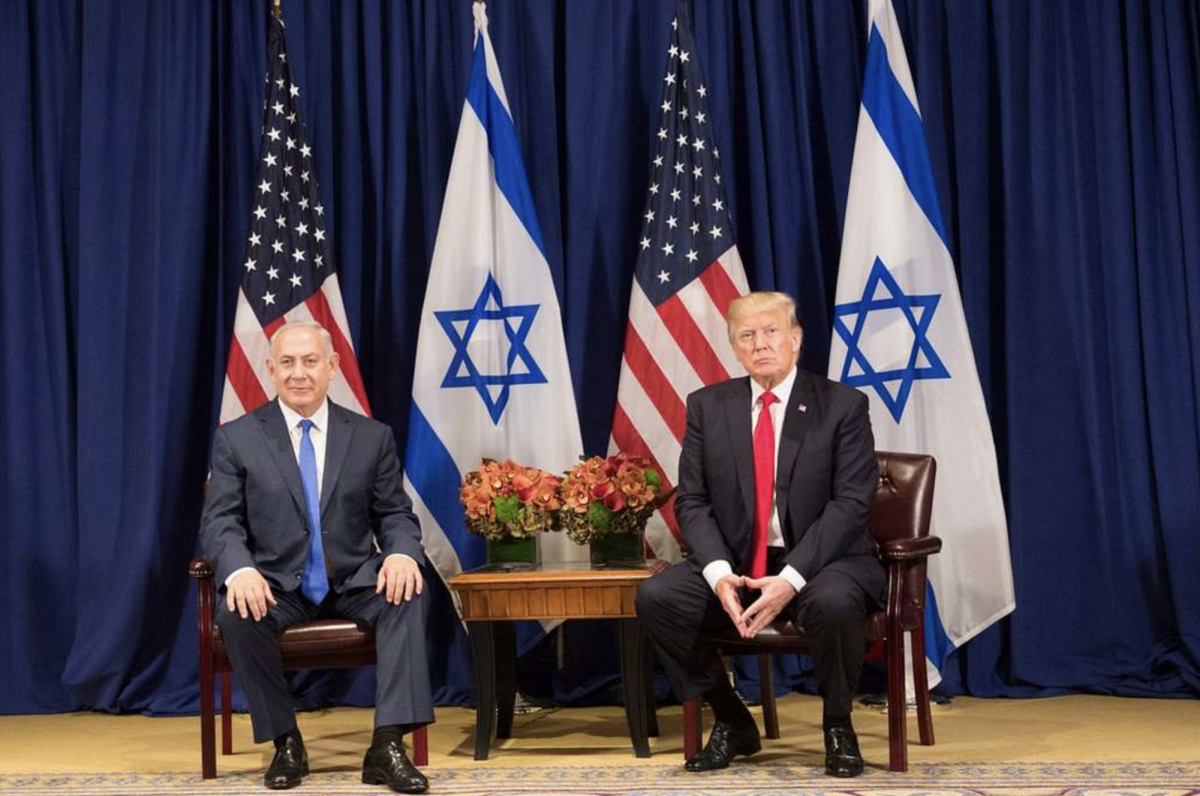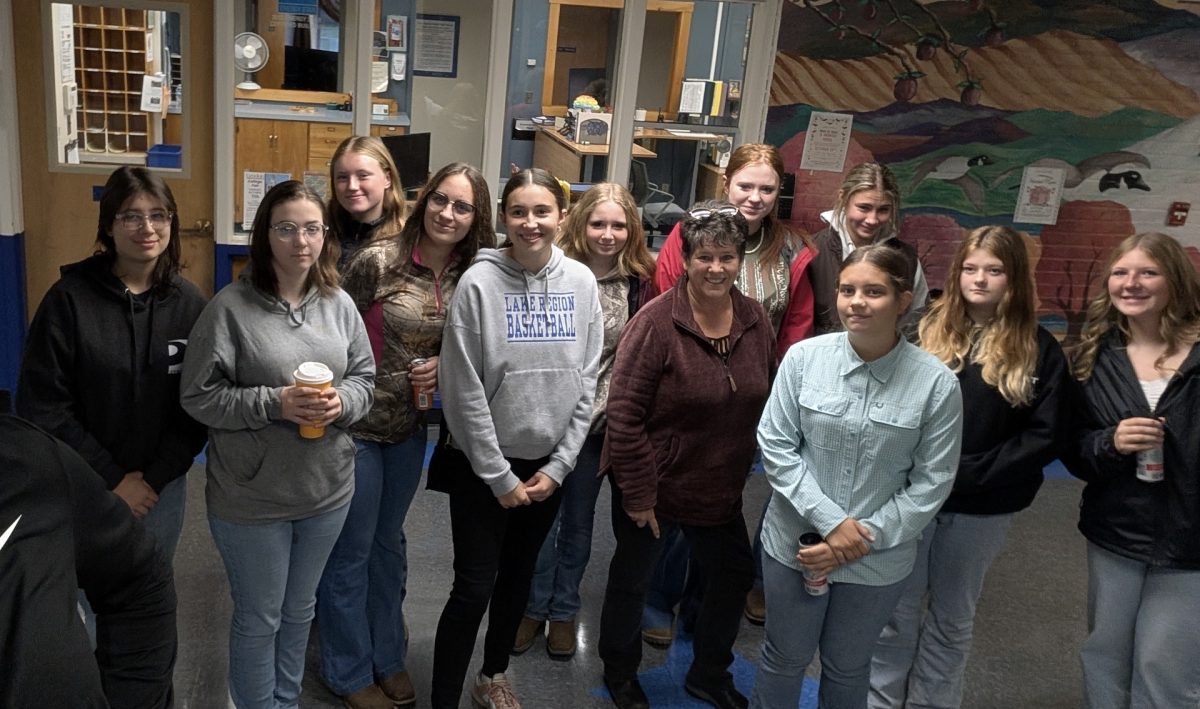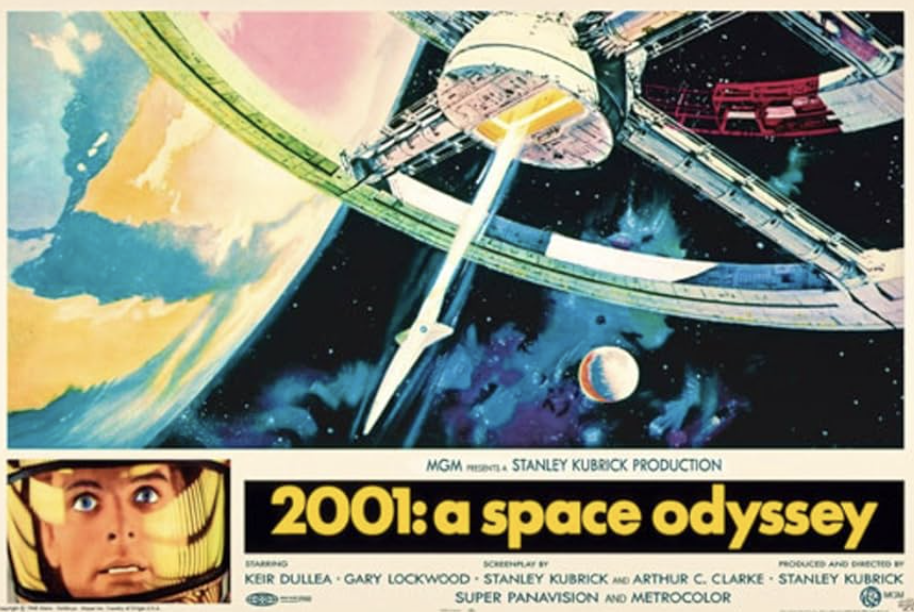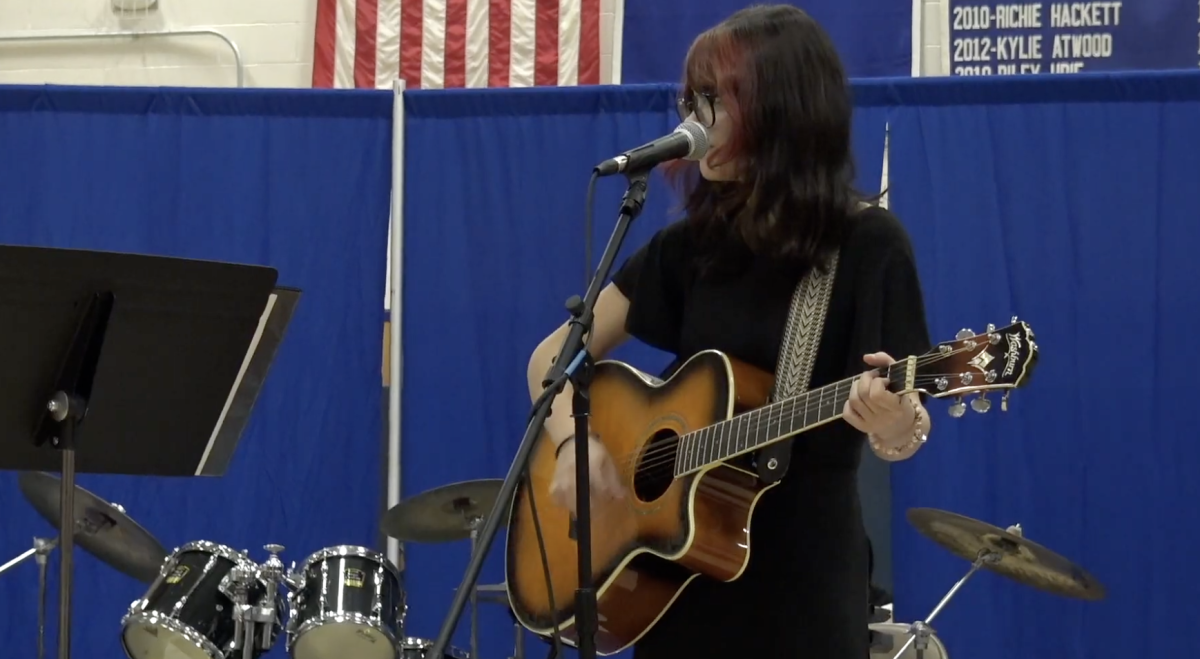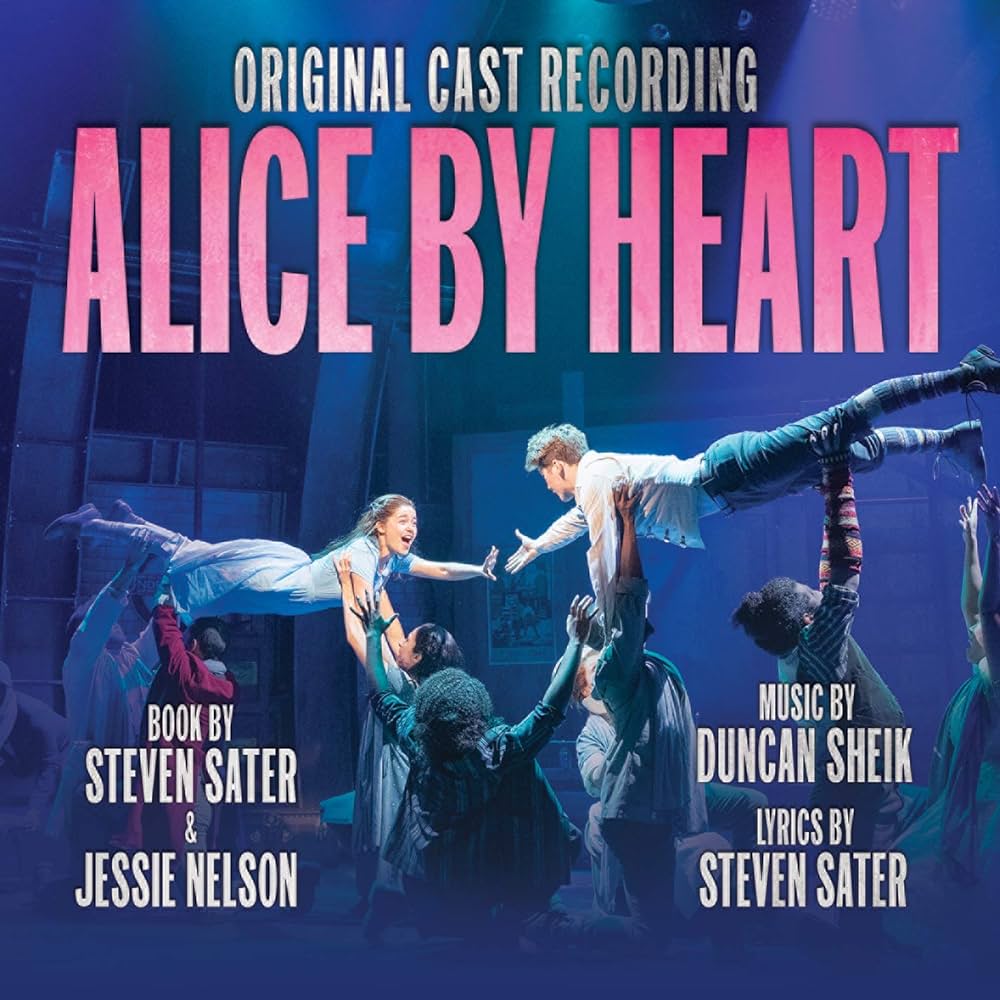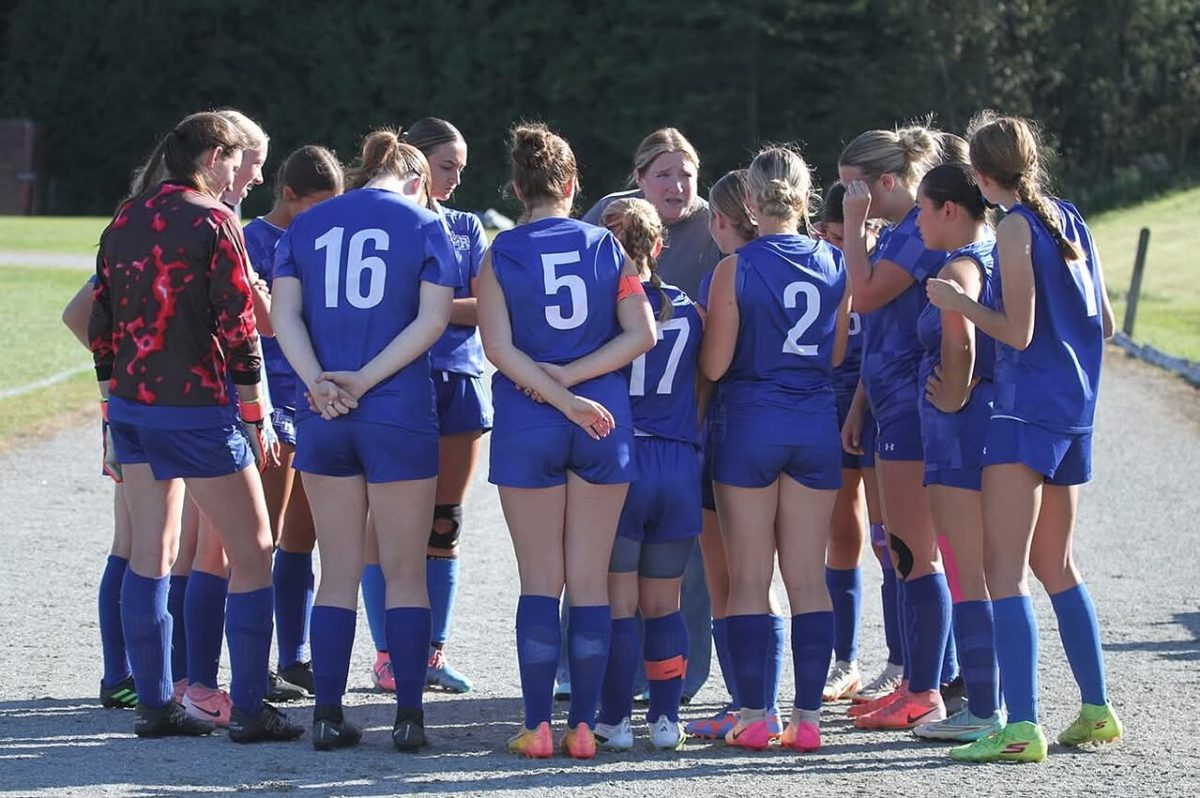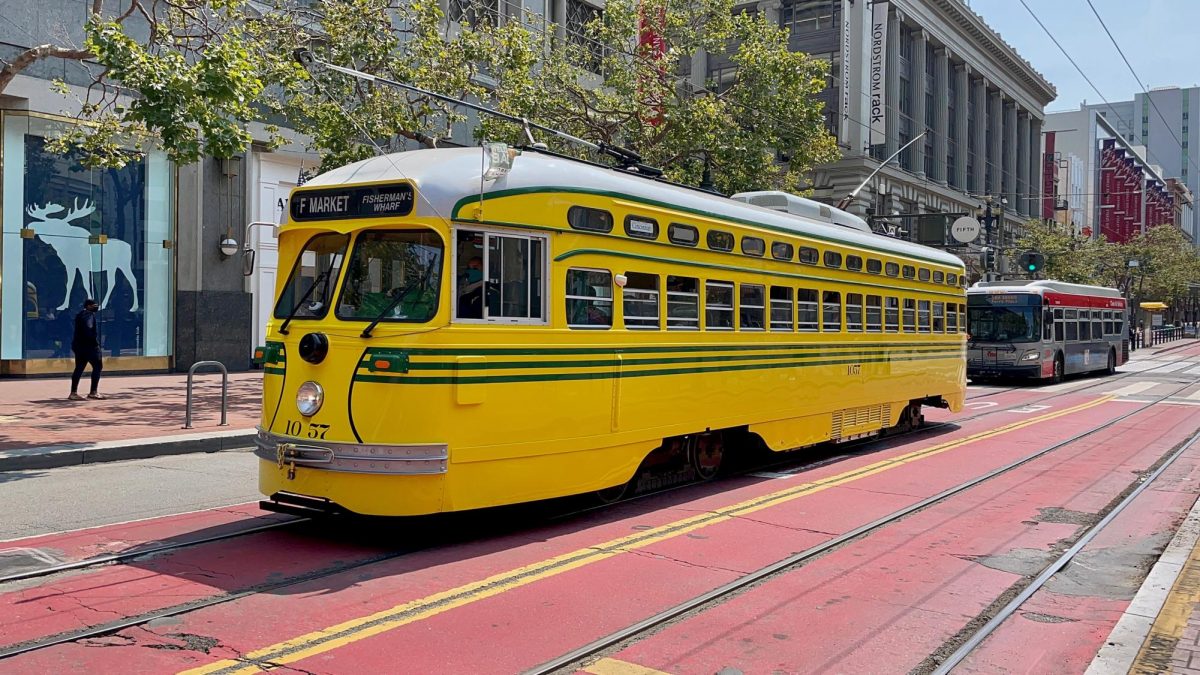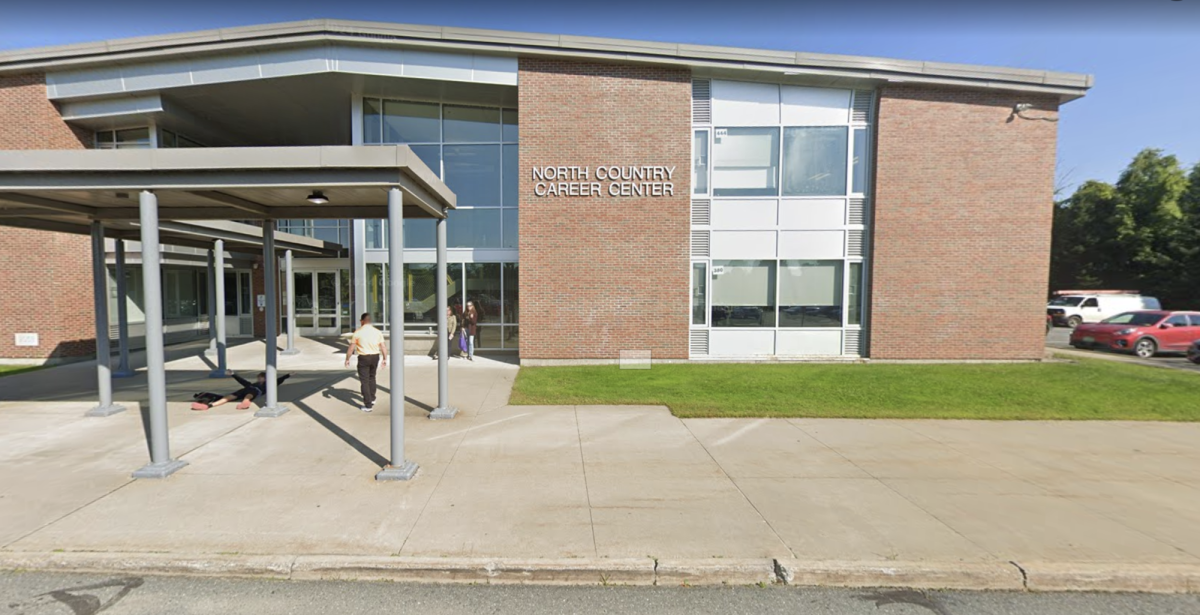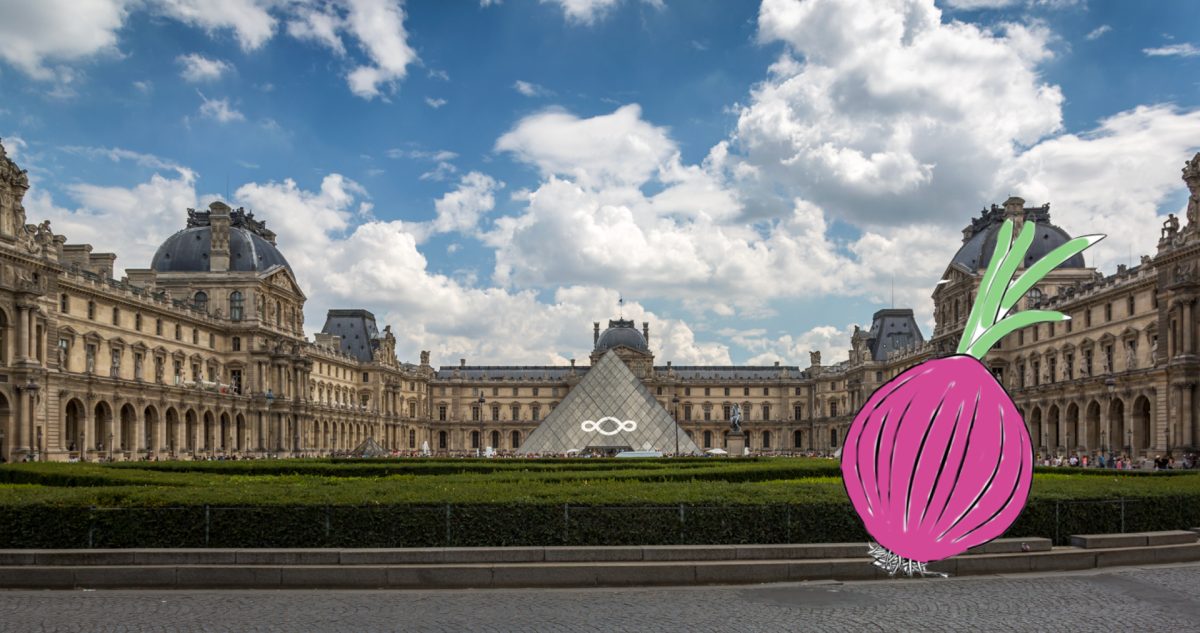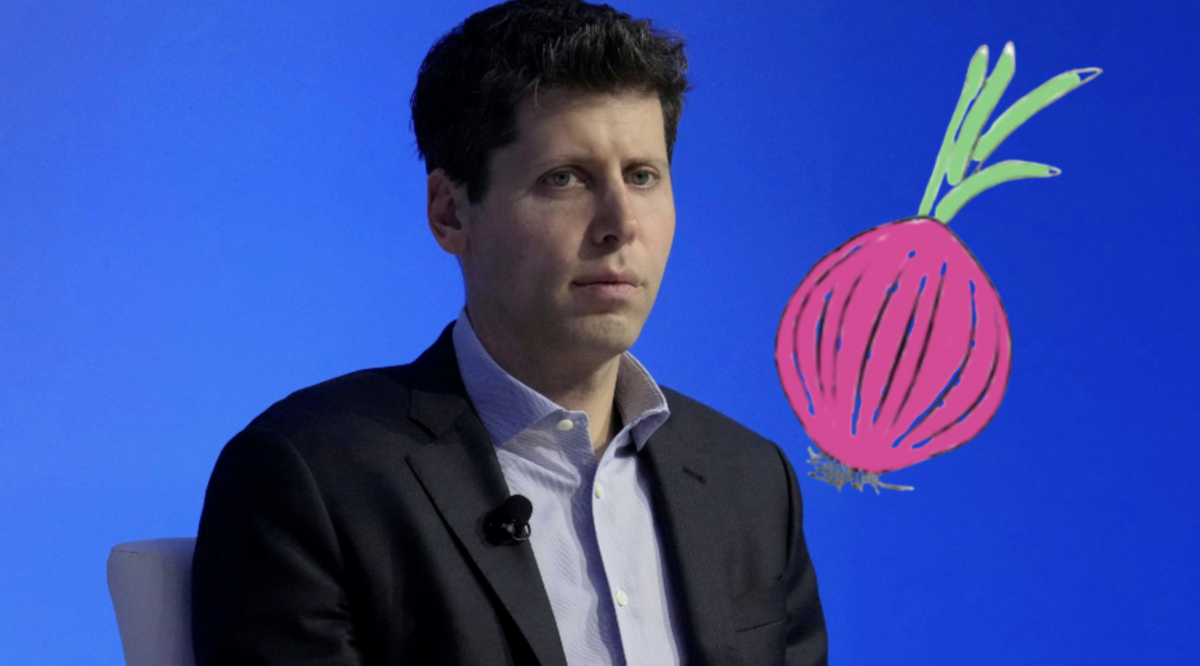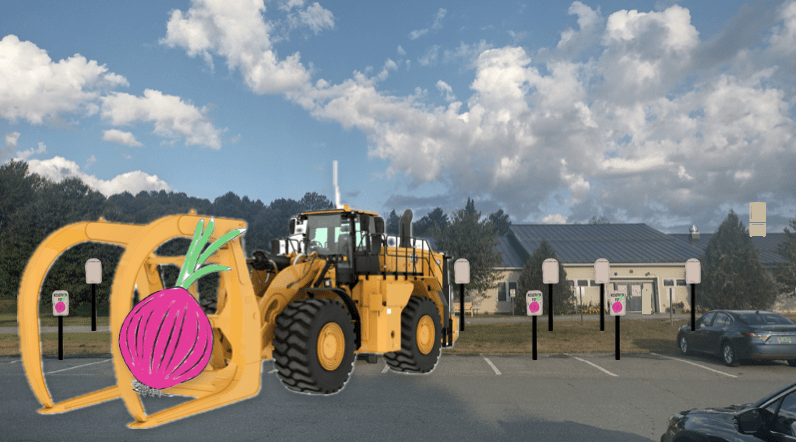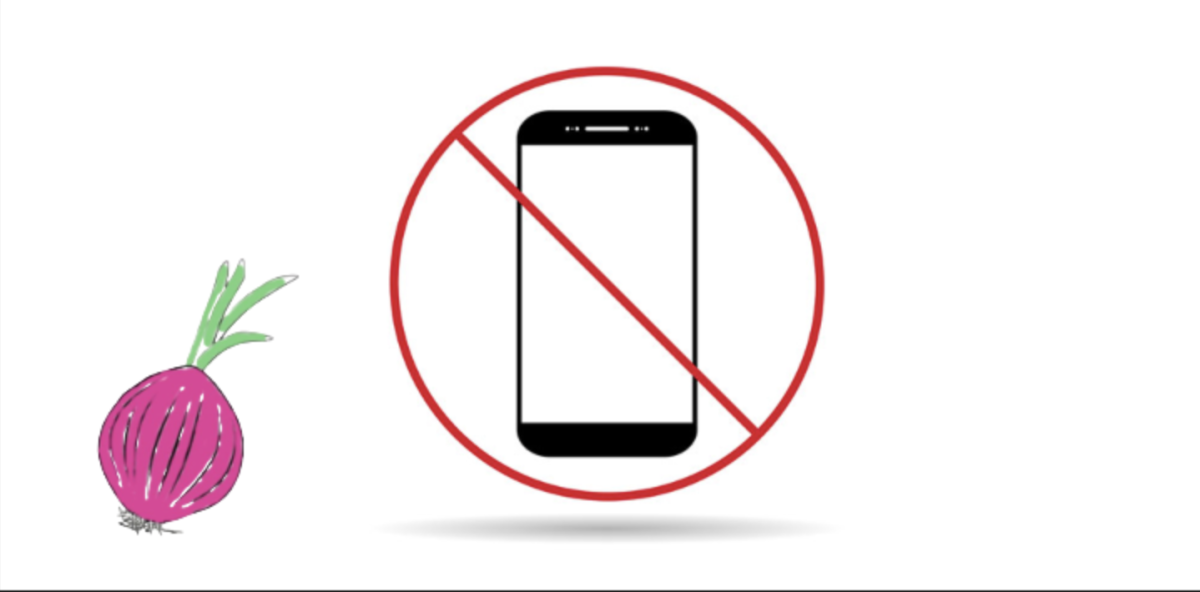When Nations pursue a method of decolonization a few forms of actions against decolonization come into focus. As an outline for decolonized countries, we will only include the native people, thus making the American Revolution would be inaccurate. An example such as the native people from North America would be accurate to this argument. In the past countries have pursued violence, non-violence, and a mix of the two with violence being more prominent in nations. A well-known example of violence is the Algerian revolution from 1954 to 1962. During this time, people used violence to take back control from their oppressors. Violence in colonized countries can lead to more harm than good on many occasions. When using non-violence the act usually takes years or decades or any massive movements or extreme changes. A mix of the two is the best method for decolonization.

What type of Violence should be used?
Violence should solely be used when it isn’t harming the people thus structural violence. For example, South African Apartheid took place from 1948 to 1994. The well-known group the ANC (African National Congress) used structural violence as opposed to straight violence. The use of nonviolence was exclusively used up until they had to justify the means that came from the Sharpeville massacre. From this, a massive wing from the ANC was formed and a small sabotage attack on government buildings was planned(Hani). Structural violence is utilized to discourage apartheid as Oxford Academy states “a stopgap intended to advertise the Congress movement’s abandonment of exclusive non-violence and thus to prevent opponents of apartheid. During the Haitian Revolution, the natives burnt plants and the plantations to stop the labor. Part of it was the (“The Economic Consequences of the Haitian Revolution”) destruction of the economy and infrastructure from the revolution and this structural violence worked as the Haitians won. At the end of it all many argue that do these massive means justify these gigantic ends? The answer is that it’s better to peacefully protest and wait instead of causing damage.

How Non-Violence plays a role
Non-violence is the safest method, typically resulting in minimal collateral damage. Common massive forms of non-violent resistance include protests, strikes, and boycotts. It delivers a deeper message to the general audience. A massive famous public figure for nonviolence was Gandhi who protested for decolonization in India. National Geographic states “His nonviolent approach to political change helped India gain independence after nearly a century of British colonial rule.” (Blakemore and Bourke-White) Gandhi’s famous movements include the Champaran agitations in which peasants were forced to grow indigo for money so, in turn, Gandhi protested and surprisingly won concessions over authorities. The Kheda agitations occurred when a flood hit Kheda, and people asked for tax relief. Gandhi and the people of Kheda refused to pay taxes. After five months, the British agreed to their demands. The Khilafat Movement emerged after World War I when the Ottoman Empire fell apart. It aimed to protect the caliphate, the spiritual leadership for Muslims. Although the movement weakened after Turkey abolished the caliphate, it helped unite Indian Muslims. (Nilkanth et al.) Although most movements prove effective, many argue that they are a waste of time and will take decades before real movements and changes happen. On top of that violence can be ignored by the colonizers.
So why Both?
Back to the point, using both adds a faster factor and sends a message. Having a peaceful message and attacking not the people who have done nothing but rather the government has more impact than straight violence or nonviolence. Nonviolence appeals to massive global audiences and prevents loss of life, making it easier for media attention. At the same time, structural violence like disrupting the government or economic systems can force leaders to respond and create change. Back to the massive historic example of the ANC who used both structural violence and nonviolence for the win of freedom and the enemy of oppression. The ANC would ultimately win in their fights and get Africa’s first president Nelson Mandela. (Levy) Although a prominent argument is one use was more than opposed to the other.
So What did we Learn
In the fight for justice and equality, both nonviolence and structural violence have their place. While nonviolence builds public authority and morals, structural violence challenges the system that opposes the right to freedom. By understanding both movements each has shown its powerful strengths. History has shown time and time again that change comes with peaceful contributions, and strategic disruption making the mix of both most effective.



